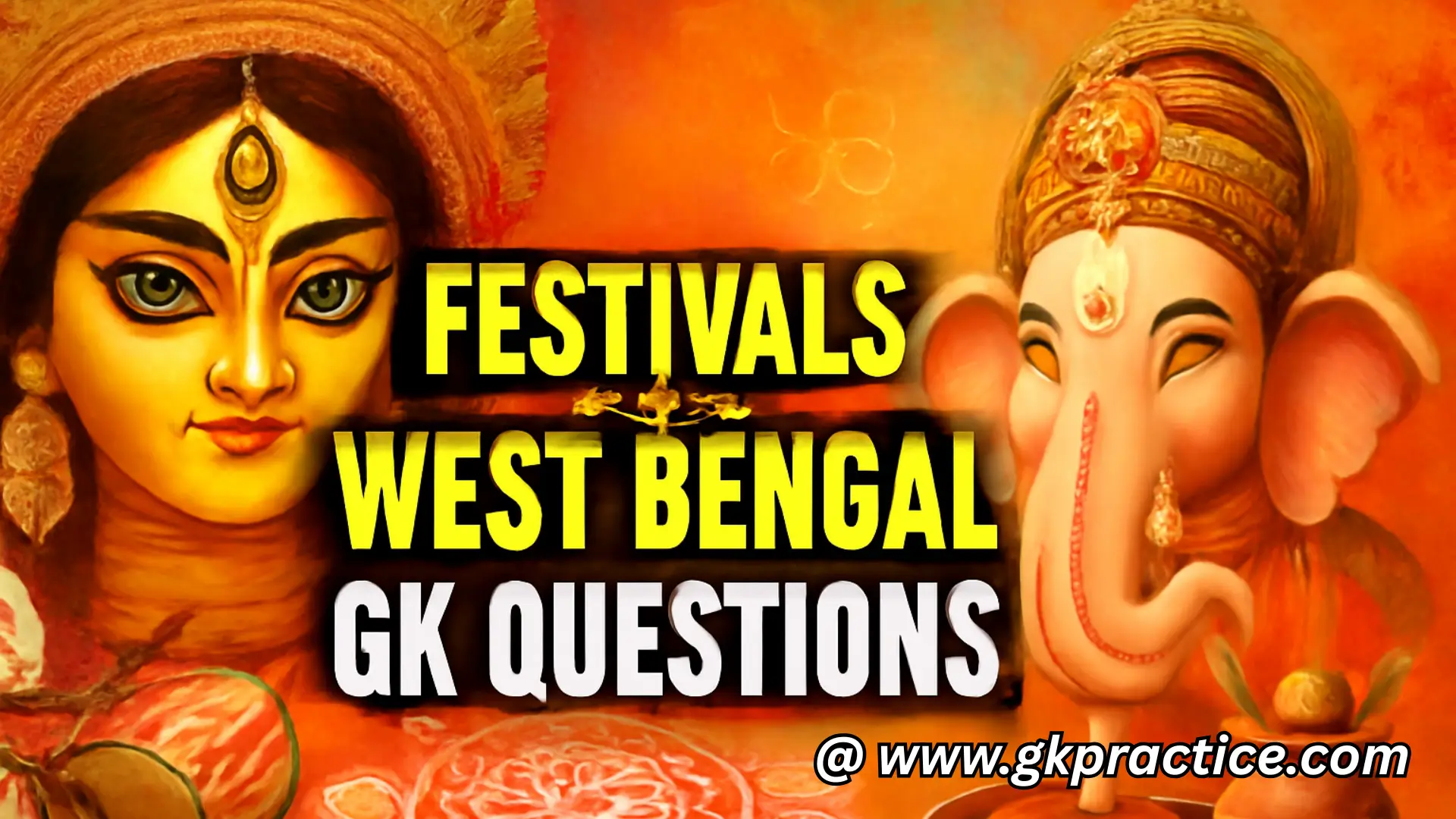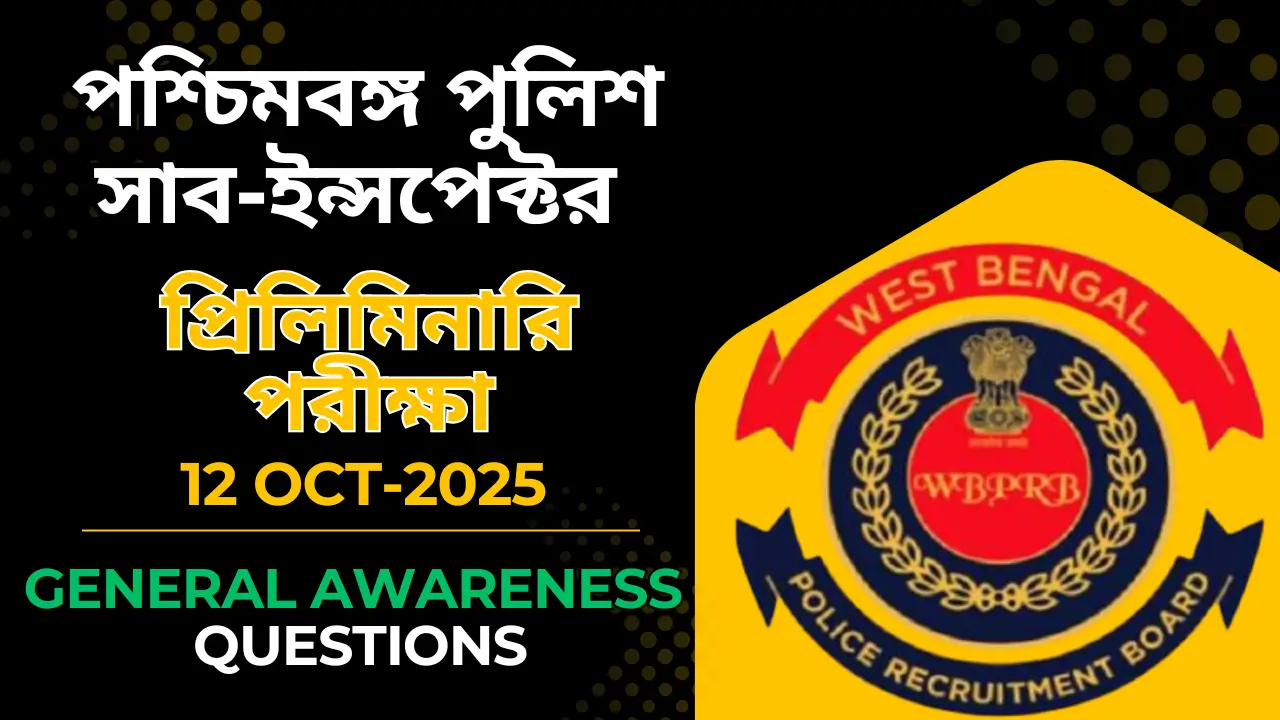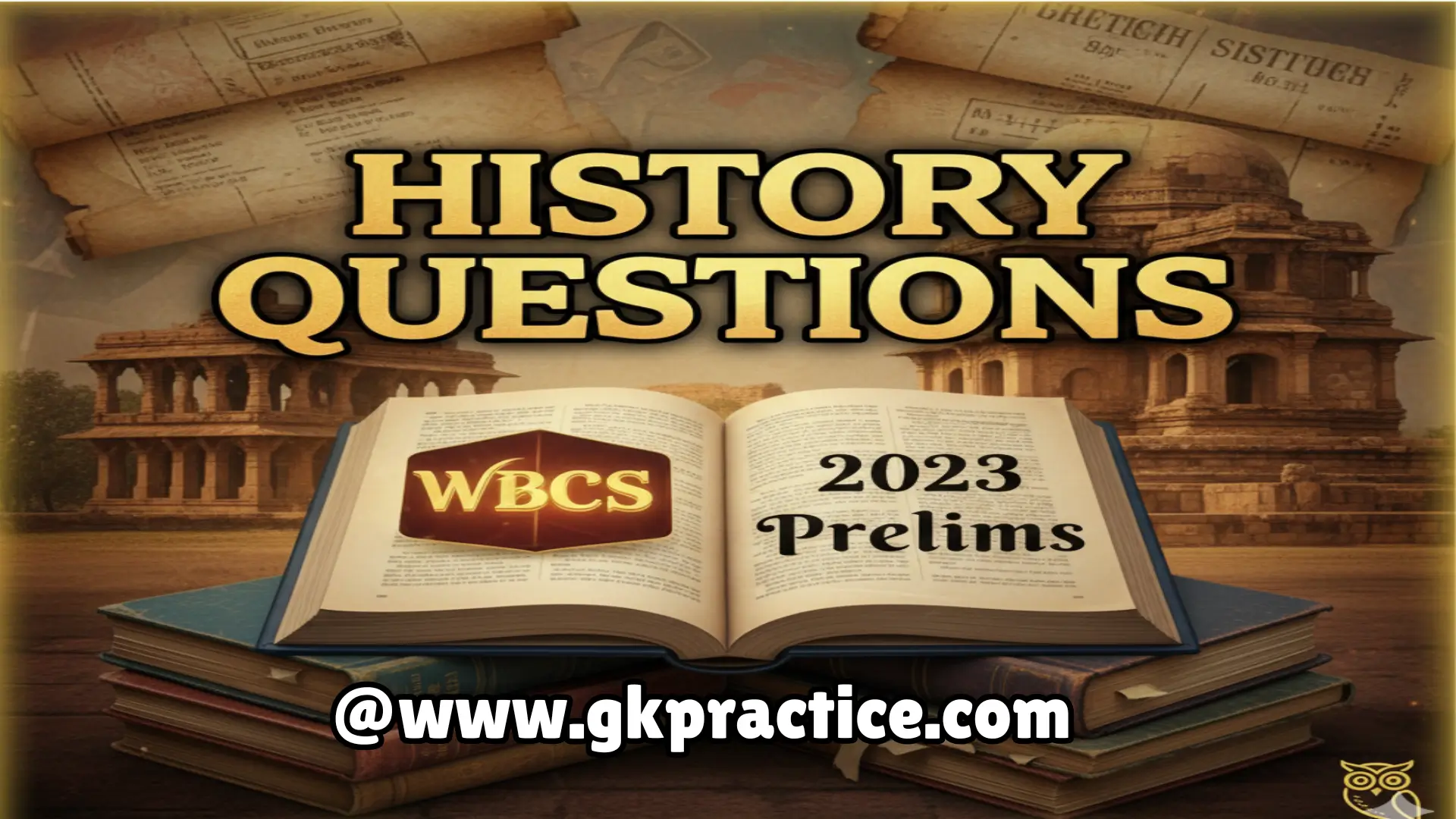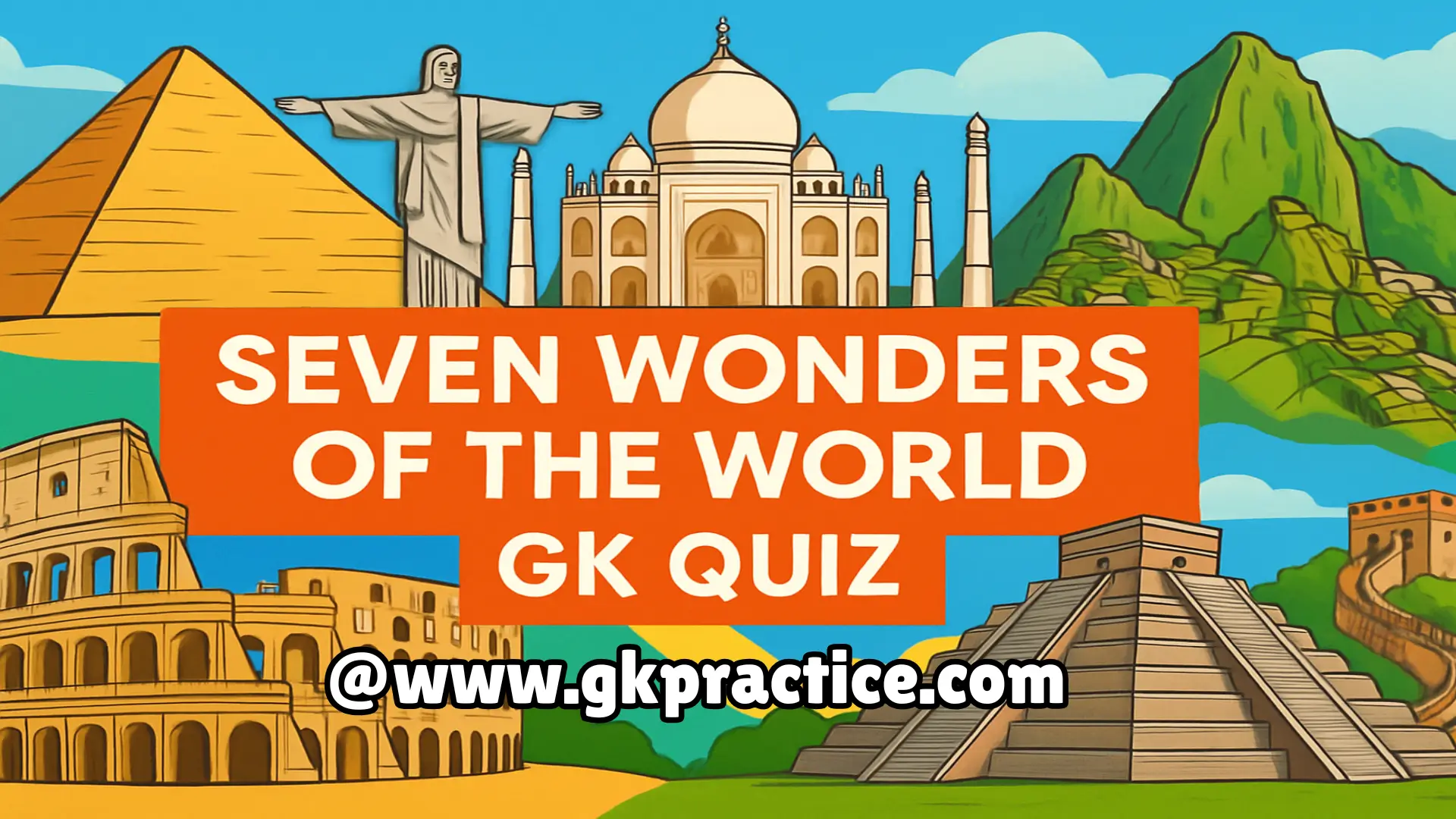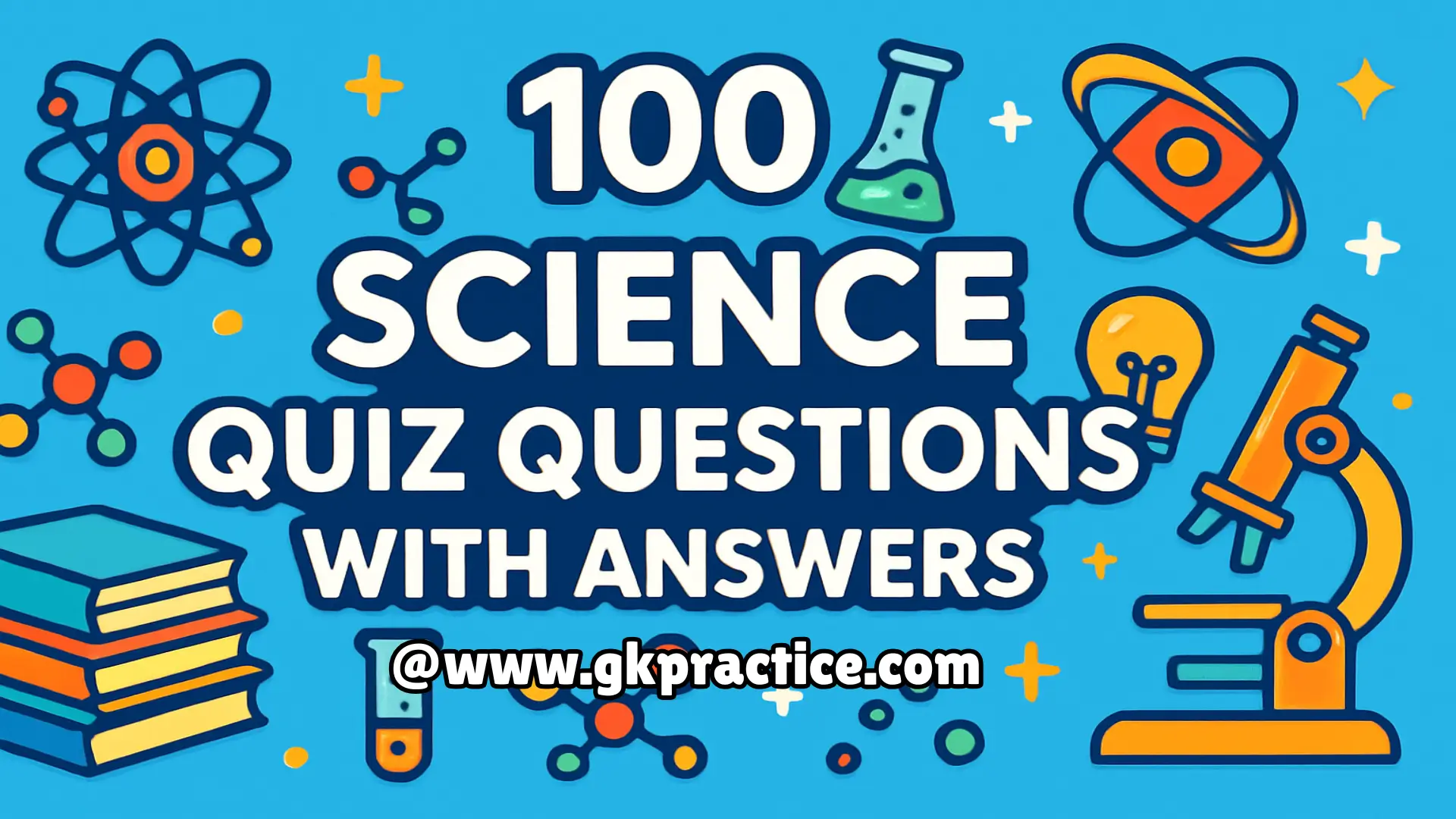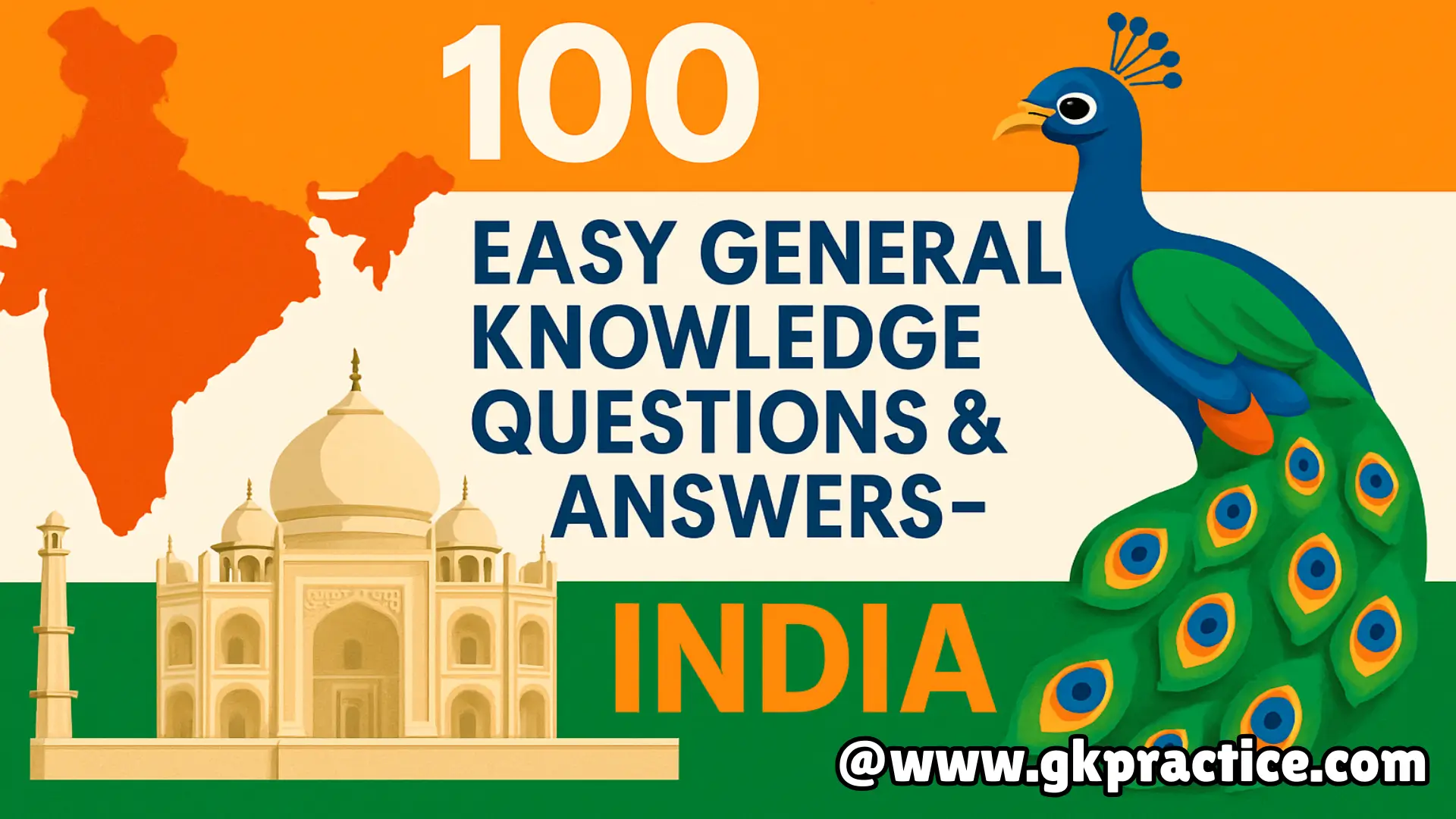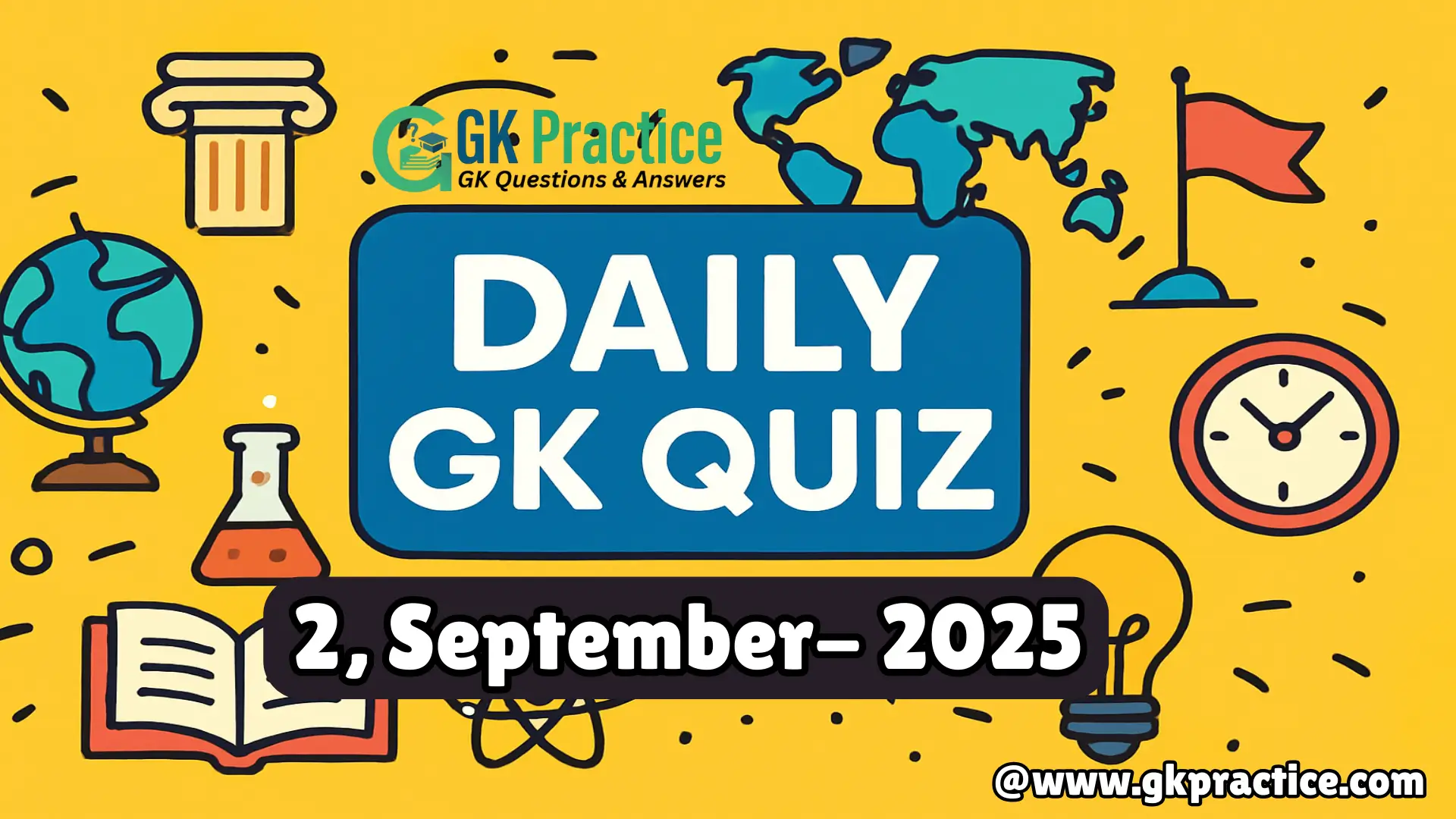Prepare for competitive exams with this detailed blog on Festivals of West Bengal GK Questions. Learn about Durga Puja, Poila Boishakh, Rath Yatra, Kali Puja, and other famous Bengali festivals. Each question is followed by correct answers and easy explanations for better exam preparation.
Explore the vibrant cultural heritage through Festivals of West Bengal GK Questions on its famous festivals, traditions, and rituals:-
Q1. Which festival is considered the grandest celebration in West Bengal?
a) Kali Puja
b) Durga Puja
c) Poila Boishakh
d) Saraswati Puja
Explanation: Durga Puja is the biggest and grandest festival in West Bengal, celebrated with elaborate pandals, idols, rituals, and cultural programs. It symbolizes the triumph of Goddess Durga over Mahishasura, and also serves as a time for social gatherings, art, and community celebration across Kolkata and other parts of Bengal.
Q2. Poila Boishakh marks the beginning of which calendar?
a) Gregorian
b) Bengali
c) Islamic
d) Vikram Samvat
Explanation: Poila Boishakh marks the beginning of the Bengali New Year, following the traditional Bengali calendar. It is celebrated with fairs, processions, cultural programs, and the custom of opening new account books known as “Haal Khata,” making it both a cultural and commercial festival in West Bengal.
Q3. Which festival in Bengal coincides with Diwali elsewhere in India?
a) Lakshmi Puja
b) Kali Puja
c) Jagaddhatri Puja
d) Bhai Phonta
Explanation: While most parts of India celebrate Diwali with Lakshmi Puja, West Bengal observes Kali Puja on the same day. Devotees worship Goddess Kali, who symbolizes power and destruction of evil, with lamps, offerings, and rituals, accompanied by fireworks and festivities throughout the night.
Q4. Poush Mela is primarily associated with which place?
a) Kolkata
b) Santiniketan (Birbhum)
c) Chandannagar
d) Mayapur
Explanation: Poush Mela is an annual cultural fair held in Santiniketan, Birbhum, founded by Rabindranath Tagore. It celebrates the harvest season and the ideals of the Brahmo Samaj. The festival features folk music, Baul songs, crafts, rural products, and traditional Bengali food, attracting visitors worldwide.
Q5. The famous Jagaddhatri Puja with grand lighting is celebrated mainly in:
a) Digha
b) Howrah
c) Chandannagar
d) Malda
Explanation: Jagaddhatri Puja is one of the major festivals of Chandannagar, renowned for its spectacular lighting displays. The town is decorated with artistic illuminations, idols, and cultural events. The festival emphasizes Goddess Jagaddhatri, another form of Durga, symbolizing victory over evil and preservation of the universe.
Q6. The historic Rath Yatra of Mahesh is in which district?
a) Hooghly
b) Nadia
c) Purulia
d) North 24 Parganas
Explanation: The Rath Yatra of Mahesh, in Hooghly district, is one of the oldest chariot festivals in India after Puri. It has been celebrated since the 14th century, drawing thousands of devotees who pull the massive chariots of Lord Jagannath, symbolizing unity and religious devotion.
Q7. Bhai Phonta in Bengal is equivalent to which festival?
a) Raksha Bandhan
b) Bhai Dooj
c) Karva Chauth
d) Teej
Explanation: Bhai Phonta, observed two days after Kali Puja, is the Bengali equivalent of Bhai Dooj. Sisters apply “phonta” (tilak) on their brothers’ foreheads, pray for their long life, and exchange gifts. The festival strengthens sibling bonds and holds deep cultural importance in Bengali households.
Q8. Jamai Shashti is a festival dedicated to the:
a) Brother-in-law
b) Father-in-law
c) Son-in-law
d) Daughter-in-law
Explanation: Jamai Shashti is a unique Bengali festival where mothers-in-law honor their sons-in-law with lavish feasts, gifts, and blessings. Celebrated in the month of Jyaishtha, it highlights family ties, social bonding, and traditional Bengali hospitality with a wide spread of authentic regional delicacies.
Q9. Dol Jatra in Bengal is another name for:
a) Diwali
b) Holi
c) Navratri
d) Onam
Explanation: Dol Jatra, or Dol Purnima, is the Bengali version of Holi, celebrated with colors, music, and devotion to Lord Krishna and Radha. Devotees take part in processions carrying idols on swings, while applying colors to one another, marking the arrival of spring and joy of togetherness.
Q10. Nabanna is celebrated as a:
a) New Year festival
b) Harvest festival
c) River festival
d) Spring festival
Explanation: Nabanna is a traditional Bengali harvest festival celebrated after the collection of new crops, especially rice. It is marked by preparing special dishes from the newly harvested rice. The festival showcases gratitude towards nature and emphasizes Bengal’s rich agrarian culture and rural traditions.

